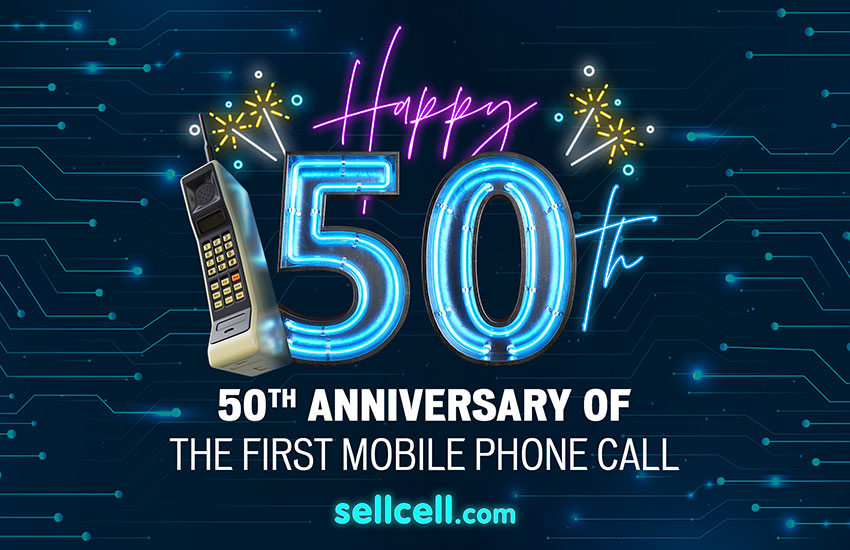The 50th Anniversary of the First Mobile Phone Call is in April 2023. Our report will document the story behind the first portable cell phone call, who made it and what happened on that monumental day. We will also document the history of the mobile phone over the past few decades.
This article will reveal:
- When the first call was made on a portable mobile phone
- When is the 50th anniversary of the first mobile phone call?
- Who made the first call on a mobile phone
- When was the first cell phone invented?
- What is being planned to mark the 50th anniversary of the first cell phone call
- How mobile phones have changed our lives over the past 50 years
- The key milestones in the history of the mobile phone
SellCell Key Findings:
- The first call made on a mobile phone was on April 3rd, 1973, by Martin Cooper
- The first portable phone that made a call was a Motorola DynaTAC
- The first cell phone was made by Motorola and launched on the market in 1983
- In 2022 over 1749.7 million phones were sold in the world
When was the first mobile phone call made?
Fifty years ago, on April 3rd, 1973, Motorola engineer Martin Cooper made history by placing the first-ever mobile phone call. Little did he know that his revolutionary invention would eventually become one of the most important and ubiquitous pieces of technology in the world today.
When is the 50th anniversary of the first mobile phone call?
The 50th anniversary of the first cell phone call is April 3rd, 2023. This revolutionary moment marked a new era for technological advancement and sparked an industry that continues to grow rapidly today.
Who made the first mobile phone call?
The first man to make a mobile phone call was Martin Cooper, who, at the time, was an engineer working for Motorola He was born in Chicago, Illinois in 1928, and went on to work for various tech companies.
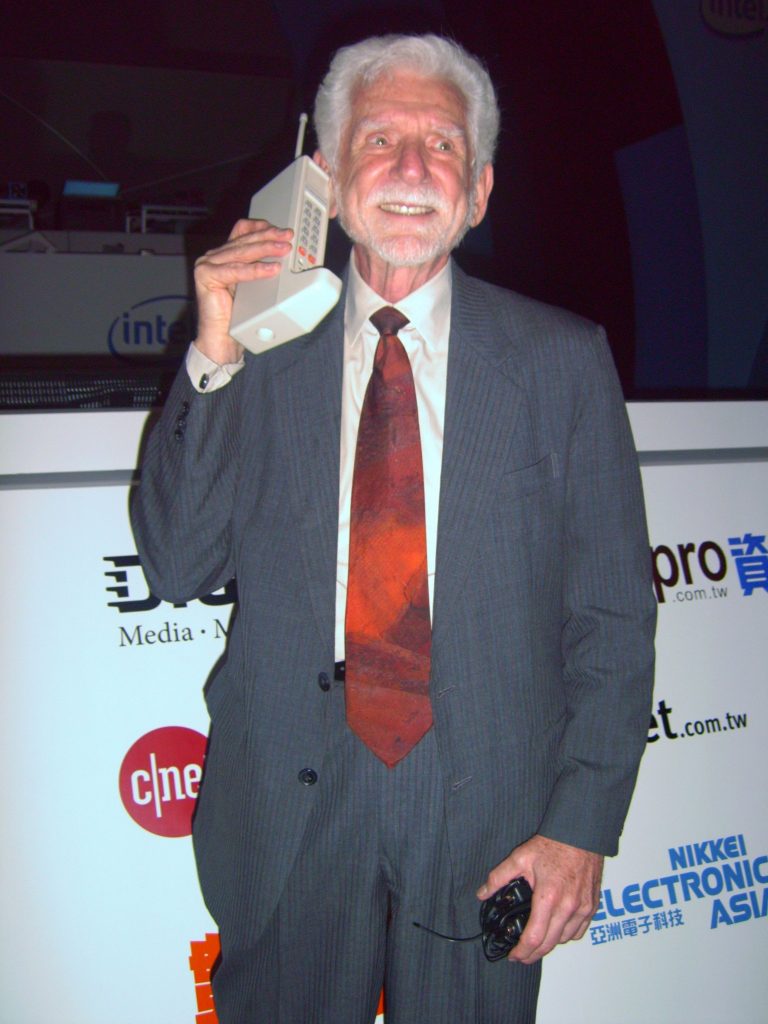
On April 3rd, 1973, Cooper made history by placing the world’s first-ever cell phone call. He is widely regarded as the father of the modern mobile phone.
Cooper called Joel S. Engel, a rival working for Bell Labs. The call was to brag about the success of creating a handheld mobile phone, especially since Bell Labs had been dreaming of creating such technology since the ‘40s.
“Joel, I’m calling you from a cellular phone, a real cellular phone, a handheld, portable, real cellular phone,” Cooper said, gloating, as per one of Cooper’s interviews with CNN.
His invention was revolutionary at the time, and it sparked off an entire industry that has since grown exponentially in size and scope. The handheld mobile phone was similar to a brick in shape and weight, so it took another decade before the first commercial portable cell phone was released for close to $4,000.
Cooper’s vision for wireless communication changed the world forever and his legacy lives on today through all of the incredible mobile devices that are available to us. He continues to be an inspiration to inventors, engineers, entrepreneurs and innovators around the globe who strive to create innovative products that improve our lives.
What mobile phone made the first call?
So what did Cooper use to make his historic phone call? That would be the Motorola DynaTAC. This device weighed in at a whopping 2.5 lbs and had a talk time of 35 minutes. It featured an alphanumeric LED display and a “transmit” button that allowed users to place calls. Ten years later, in 1983, the DynaTAC 8000X was released for close to $4,000.
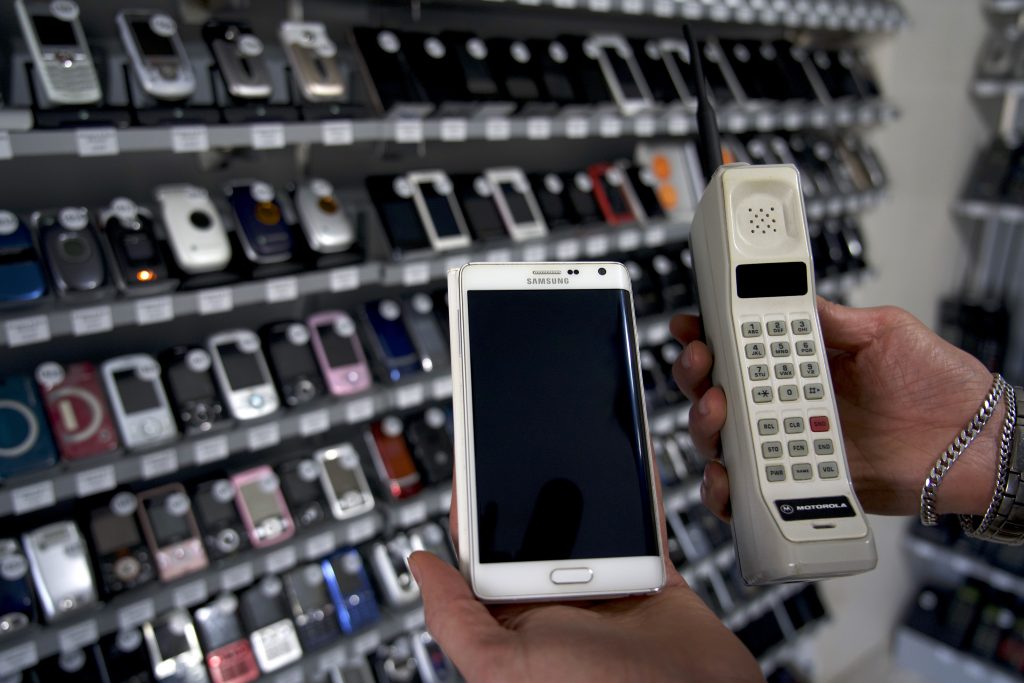
What is being planned to mark the 50th anniversary of the first cell phone call?
The 50th anniversary of the first portable cell phone call will be celebrated with a number of exciting events and activities.
The Tesla Science Center was supposed to hold a Big Gala Event on the anniversary, but it got postponed for various reasons. Instead, Marty Cooper, along with his family and close friends, will be throwing a celebration in New York that can be attended by anyone anywhere. Those who want to join in can take part virtually by going through the Wireless Communications Alliance website.
The Wireless Innovation Forum will also hold a Tech Talk featuring Cooper, so you may want to attend that too.
How has the mobile phone changed our lives in the past 50 years?
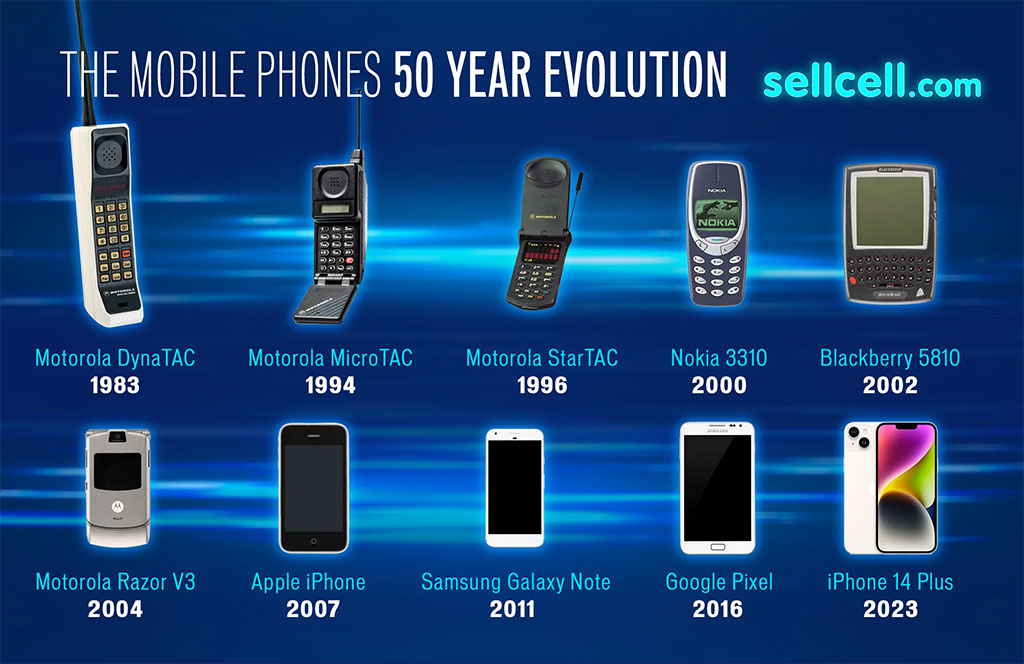
| MOBILE PHONES 50 YEAR EVOLUTION | |
|---|---|
| 1983 | Motorola DynaTAC |
| 1994 | Motorola MicroTAC |
| 1996 | Motorola StarTAC |
| 2000 | Nokia 3310 |
| 2002 | Blackberry 5810 |
| 2004 | Motorola Razor V3 |
| 2007 | Apple iPhone |
| 2011 | Samsung Galaxy Note |
| 2016 | Google Pixel |
| 2023 | iPhone 14 Plus |
Today, mobile phones have advanced dramatically from the bulky devices of the past. We now have sleek smartphones with unlimited capabilities that fit in our pockets. Advances in technology such as 5G networks, artificial intelligence, and facial recognition are pushing the boundaries of what is possible with mobile technology.
We are continuously being presented with new opportunities to use our devices in innovative ways, from streaming films and ordering groceries online to controlling our home appliances remotely. Let’s go through a list of ways that mobile phones changed our lives.
- Communicating with anyone, anywhere, anytime.
- Improved access to information with the internet and apps
- Greater convenience for everyday tasks such as shopping, banking, making reservations, calling for taxis, and more.
- Productivity enhancements at work since smartphones give us access to any data, anywhere
- Expansion of social media platforms that allow us to stay connected with our friends and family from around the world.
- Empowerment of small business owners to reach new customers on a larger scale.
- Advancements in healthcare technology, including remote patient monitoring systems.
- Ability to keep an eye on certain health issues on your own by adding smart wearable devices, like a smartwatch.
- Allows you to leave your wallet at home thanks to mobile payment options such as Apple Pay or Google Wallet.
- Streamlined navigation with GPS-enabled maps & directions, allowing you to visit unknown places with ease.
- Access to music, movies, shows, podcasts, and book wherever you go.
- Ability to control and monitor your home from afar.
- The possibility to monitor their car’s performance remotely.
- Introduction of artificial intelligence technology into our everyday lives.
- Development of voice-based technologies such as Siri, Alexa, and Google Home
Celebrating the 50th anniversary of the first mobile phone call
Looking back at the past 50 years, it’s clear that Martin Cooper’s invention was a pivotal moment in the history of mobile technology. He set the stage for a future that’s full of exciting possibilities and opportunities, and it’s clear that his legacy will live on through all of us who continue to use and innovate with mobile devices today.
The 50th anniversary of the first cell phone call is an important milestone, not just for Martin Cooper and his legacy, but also for the entire mobile industry. It’s a chance to reflect on how far we’ve come, and anticipate what lies ahead in the future of mobile technology!
History of the Mobile Phone
The mobile phone has gone a long way over the past five decades and we cannot wait to see what the future holds. Until then, however, let’s take a quick look over a few key points in the evolution of the mobile phone.
| HISTORY OF MOBILE PHONE / EVOLUTION | |
|---|---|
1973 |
|
1973 |
|
1979 |
|
1983 |
|
1985 |
|
1985 |
|
1987 |
|
1988 |
|
1989 |
|
1991 |
|
1992 |
|
1993 |
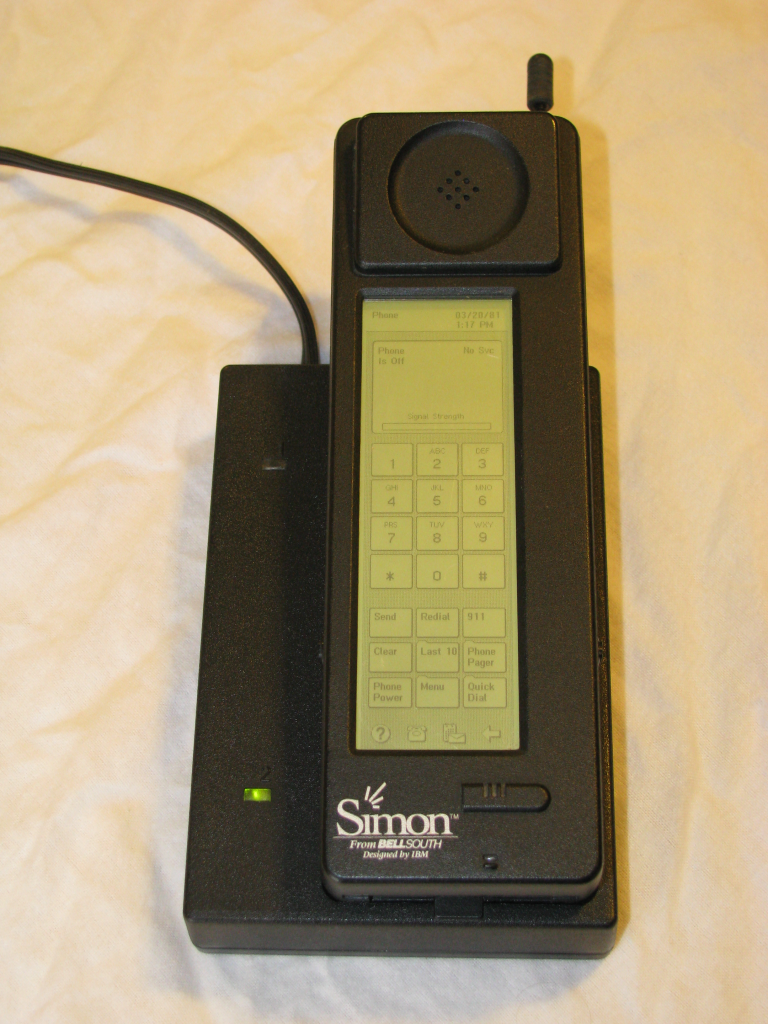 |
1996 |
|
1998 |
|
1999 |
|
2000 |
|
2001 |
|
2002 |
|
2003 |
|
2005 |
|
2006 |
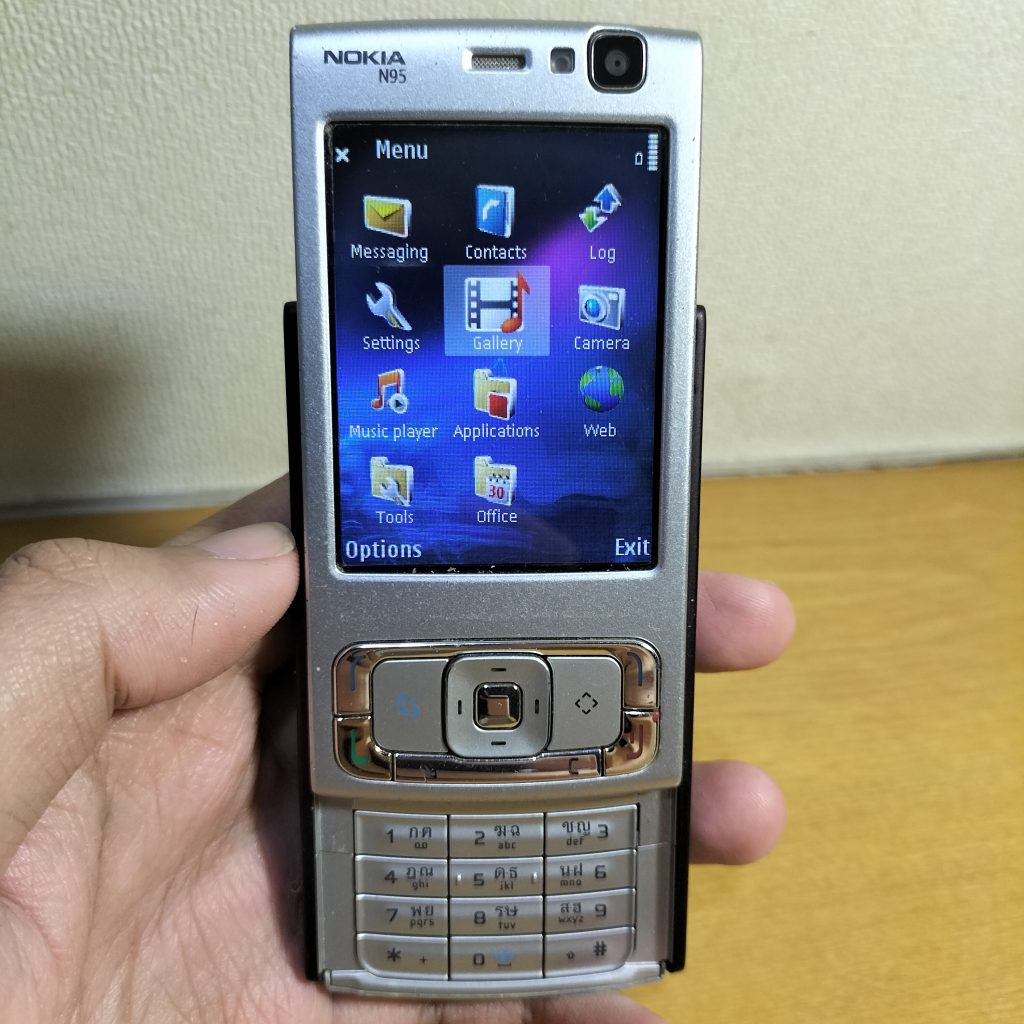 |
2007 |
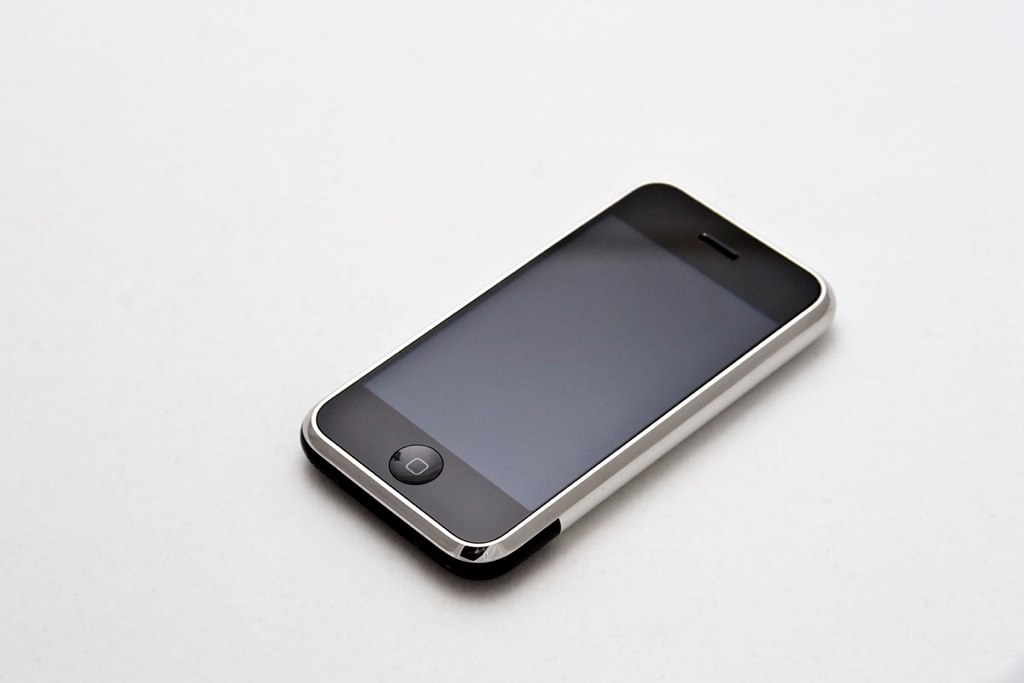 |
2008 |
|
2009 |
|
2010 |
|
2011 |
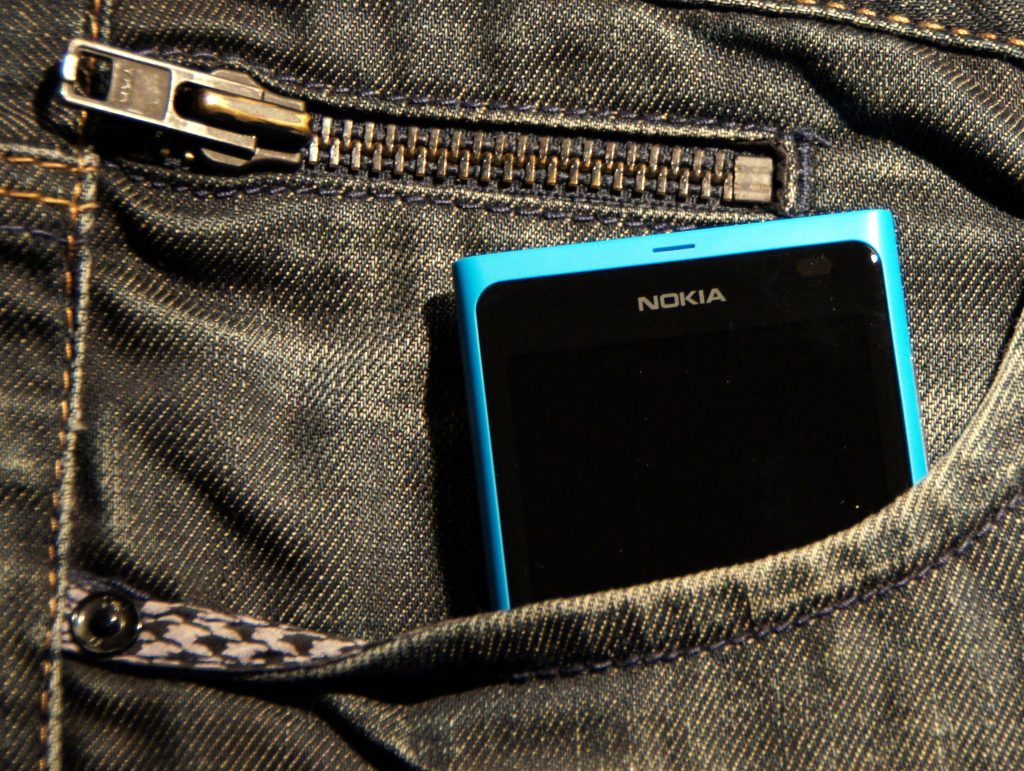 |
2012 |
|
2013 |
|
2014 |
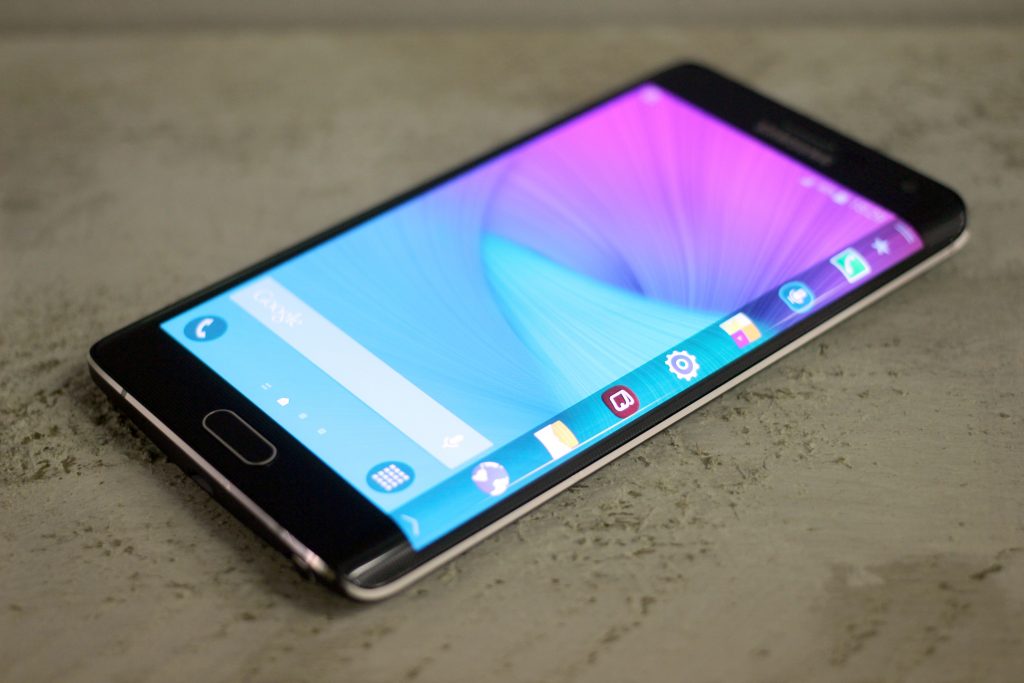 |
2015 |
|
2016 |
|
2017 |
|
2018 |
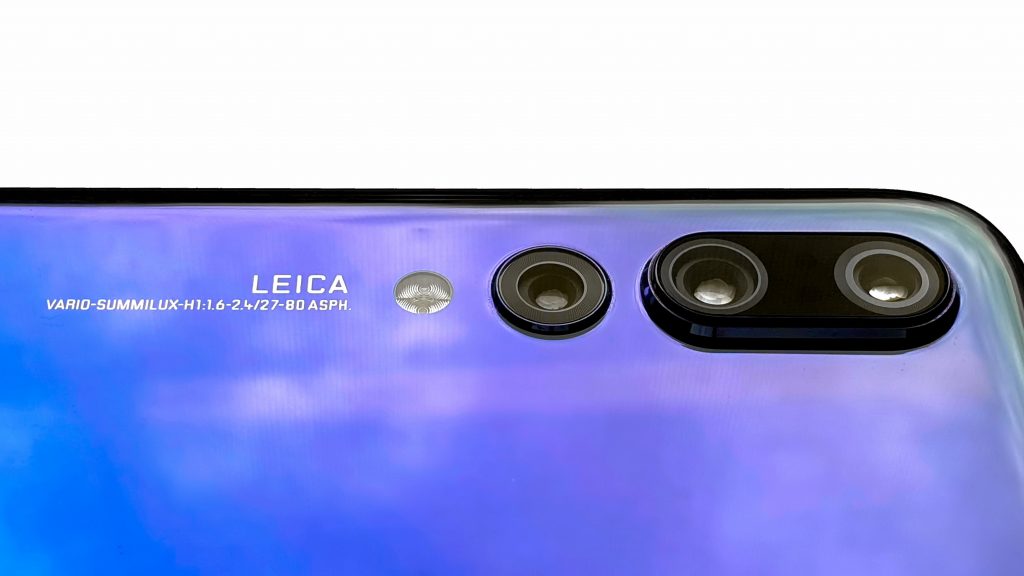
|
2019 |
|
2020 |
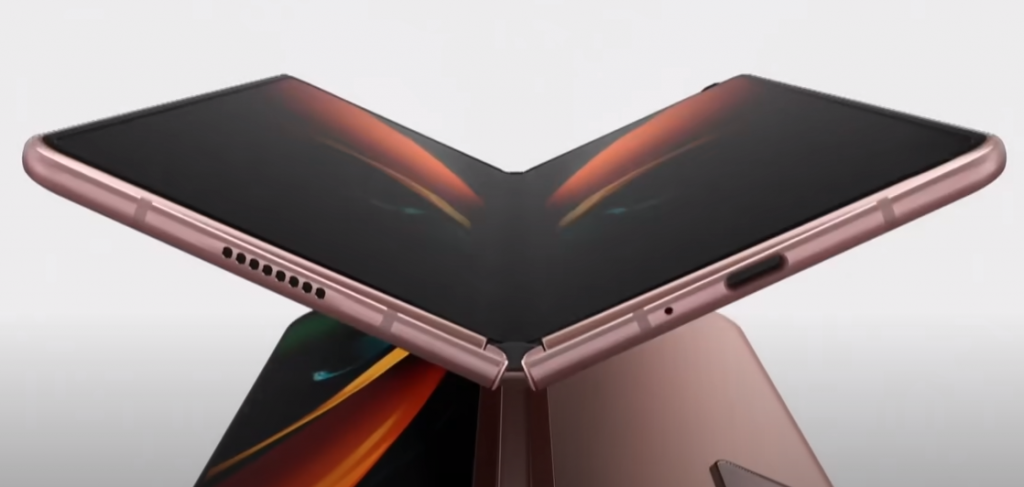 |
Summary – From the First Mobile Phone Call to Modern Smartphones
The years have brought us immense technological advancements. From massive phones that you could barely carry with you to devices that put the world’s knowledge a tap of a finger away, we’ve seen it all.
Given how fast technology evolves nowadays, it’s exciting to see where the years will take us, giving us more augmented reality applications, more uses to artificial intelligence, and a focus on privacy and security.
